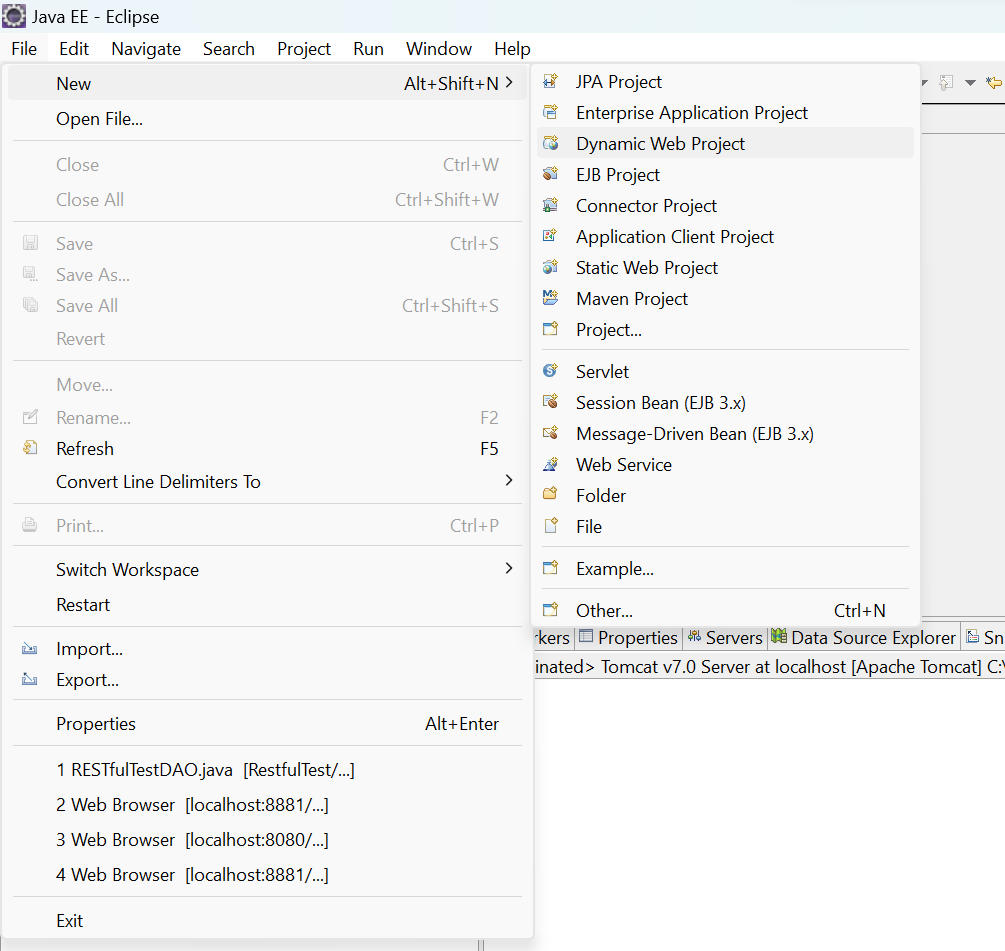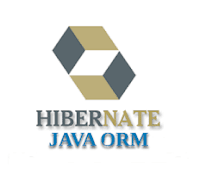SOAP Webservice in Java
Web Service Components
There are three major web service components.
- SOAP
- WSDL
- UDDI
SOAP
SOAP is an acronym for Simple Object Access Protocol.
SOAP is a XML-based protocol for accessing web services.
SOAP is a W3C recommendation for communication between applications.
SOAP is XML based, so it is platform independent and language independent. In other words, it can be used with Java, .Net or PHP language on any platform.
WSDL
WSDL is an acronym for Web Services Description Language.
WSDL is a xml document containing information about web services such as method name, method parameter and how to access it.
WSDL is a part of UDDI. It acts as a interface between web service applications.
WSDL is pronounced as wiz-dull
.
UDDI
UDDI is an acronym for Universal Description, Discovery and Integration.
UDDI is a XML based framework for describing, discovering and integrating web services.
UDDI is a directory of web service interfaces described by WSDL, containing information about web services.
SOAP Web Services
SOAP stands for Simple Object Access Protocol. It is a XML-based protocol for accessing web services.
SOAP is a W3C recommendation for communication between two applications.
SOAP is XML based protocol. It is platform independent and language independent. By using SOAP, you will be able to interact with other programming language applications.
Advantages of Soap Web Services
WS Security: SOAP defines its own security known as WS Security.
Language and Platform independent: SOAP web services can be written in any programming language and executed in any platform.
Disadvantages of Soap Web Services
Slow: SOAP uses XML format that must be parsed to be read. It defines many standards that must be followed while developing the SOAP applications. So it is slow and consumes more bandwidth and resource.
WSDL dependent: SOAP uses WSDL and doesn't have any other mechanism to discover the service.



Comments
Post a Comment